Mudra in a leading role: How to organize an entire practice around a mudra
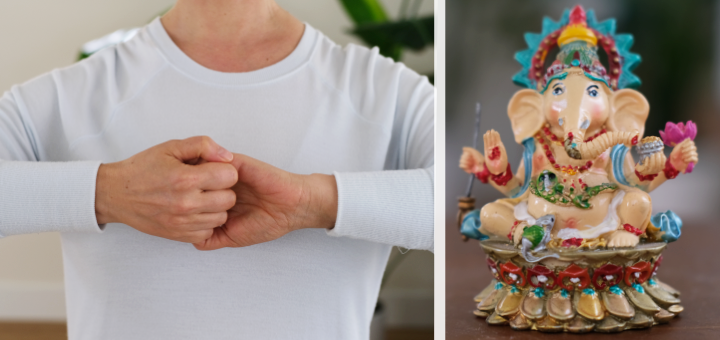
Since most mudras are simple hand gestures, they are pretty easy to integrate into one’s yoga practice. What we try to avoid is making a mudra an afterthought, something that just sort of pops out of nowhere. Today, let’s reflect on the place that mudras can take in our yoga practice.
When you add a mudra to your yoga practice, you make that practice integrative, meaning that it is meant to affect the student on a deeper level and reach across multiple levels of the human system. Integrative practices usually include asana, breath awareness, AND some other element(s) – chanting, meditation, visualization, mudras, ritual, etc. Those practices can be profoundly meaningful for students, but they also require more skillful choices and sequencing from the teacher. It’s easy to end up with everything but the kitchen sink in a practice like that (even if you have the best intentions), which can be distracting for the student. Instead, we need to stay laser-focused on our intention and make all elements work together to manifest that intention.
When designing integrative practices, we can use mudras to play either a leading or supporting role. Today we will explore how we can organize an entire practice around a mudra.
Mudra in a leading role
When you choose a mudra (or series of mudras) to be the focus of the practice, all other elements need to align to support it. Every mudra is said to have a “core quality,” a main purpose for which it is usually used. This main quality will become the main intention for your practice. You would arrange your practice in a way that gradually unfolds that core quality, using movement, breath and other elements to manifest it, and leading up to a pinnacle of your chosen mudra with a meditation that helps to unfold its meaning. Each mudra also has a certain energetic quality, with some mudras calming and other mudras stimulating the system. Certain mudras might also require physical preparation if the arms or head are being held in a potentially strenuous position, so it helps to reflect on the physical, as well as mental and energetic qualities of the mudra before creating a practice for it.
Let’s use an example of the Ganesha mudra named after the deity Ganesh, who is said to help us overcome obstacles. We will use this mudra to illustrate what it takes to design a yoga practice while considering the physical, energetic, and mental dimensions of a mudra.
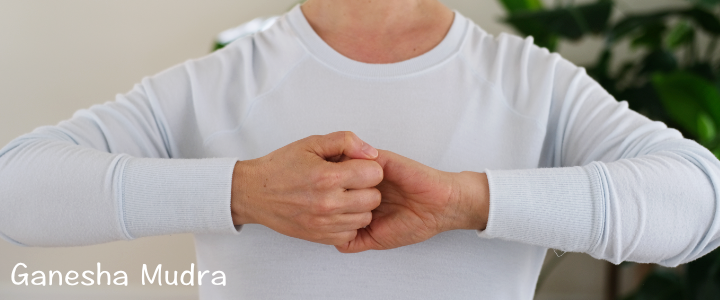
Physical dimension: The shape of this mudra requires us to hold our arms parallel to the ground while pulling the elbows in opposite directions. This means that there is a possibility that the student might try to shrug their shoulders up toward their ears while holding this mudra. We would need to prepare their shoulders, neck and upper back for holding this position.
Energetic/physiological dimension: This is a strong, energizing mudra that is supposed to stimulate heart activity and release tension in the chest area. This means that we would include yoga poses that support the same idea, like strong backbends, for example, and use inhalation to facilitate the “chest opening” idea. However, the pulling action of this mudra is done on exhalation, which means that we would also want to gradually lengthen the exhalation and link it to core support to make sure that the effort in this mudra is grounded within the center of the body.
Mental/psychological dimension: The core quality of this mudra is courage. Courage helps us overcome inner obstacles and meet the world with an open heart. We can support this idea with asana by using poses that help our students feel stable and confident in their abilities. This means skipping complicated or unattainable poses in favor of poses with a stable base and large whole-body movements that help to expand the chest and promote confidence. Both standing Superwoman-like and flying Superman-like poses can work well here. Deep, intentional breathing with inhalation that creates a sense of spaciousness inside and exhalation that promotes grounding and stability in the face of adversity would support the same intention. We can add some form of Removing the Obstacles meditation, a simple recitation of “I am stable, I am at ease” in different poses, or an abbreviated Hrdayam Mayi chant to complete the picture.
To summarize, your practice leading up to Ganesha mudra might look something like this:
THEME: Courage to overcome inner obstacles and meet the world with an open heart.
ASANA: Stable base, large whole-body movements (ala Superman), strong backbends and sweeping arm actions to warm up the neck, shoulders, and upper back, attention to core engagement to anchor within the body.
BREATH: Deep, intentional breathing, inhalation that creates a sense of spaciousness, and exhalation that promotes grounding.
CHANTING: Recitation of “I am stable, I am at ease” or an abbreviated Hrdayam Mayi chant in core poses.
MUDRA: Ganesha mudra for 12 breaths (6 breaths of the right hand on top of the left one, then 6 breaths of the left hand on top of the right one) with deep breathing, with or without the chant.
MEDITATION: Removing the Obstacles or Heart Opening Meditation.
This practice can be short or long, depending on your circumstances. Your practice might look completely different. Ganesha mudra is associated with the heart chakra or fire element, so you can base your practice on those ideas.
With mudras like Ganesha mudra, you might wonder whether or not it’s necessary to evoke the image of the deity that it’s named after (Ganesh). This is entirely up to you, but it also depends on your audience. If you sense that your students are open to that kind of imagery and you feel inclined to include it – great! But if you sense that the students in your class won’t be very receptive to Hindu deities, you don’t need to include it for them to get the benefits from this mudra.
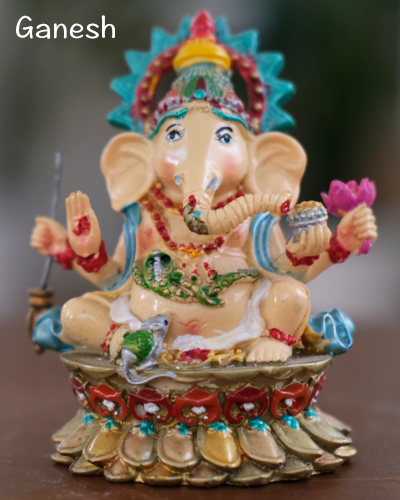
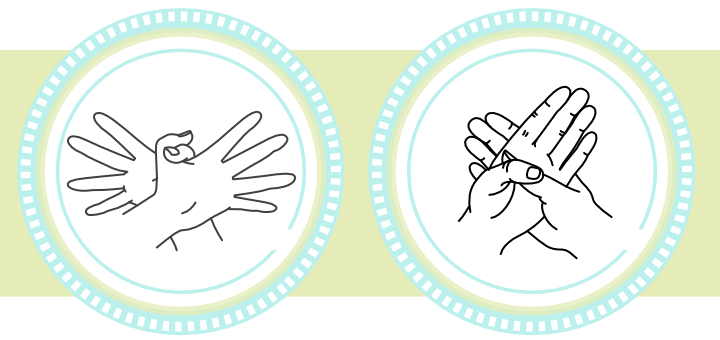
Mudra in a supporting role: How to use mudras to help manifest the intention of your practice

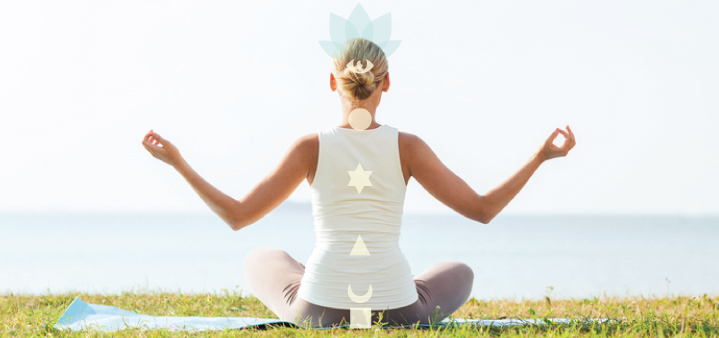


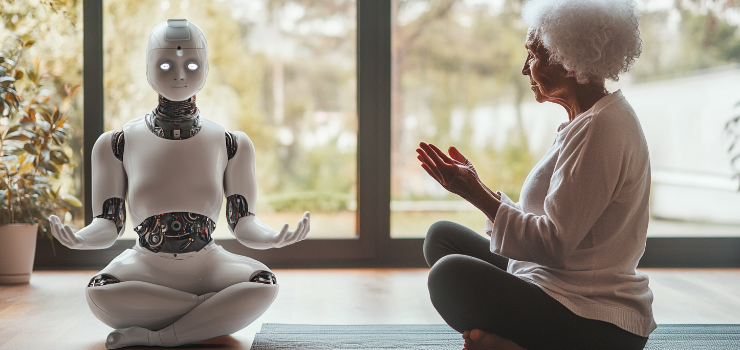

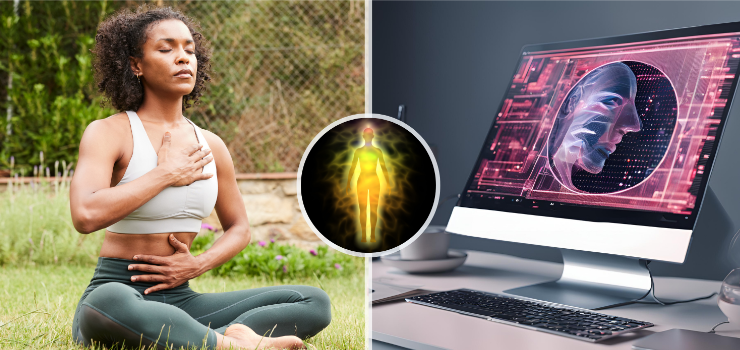
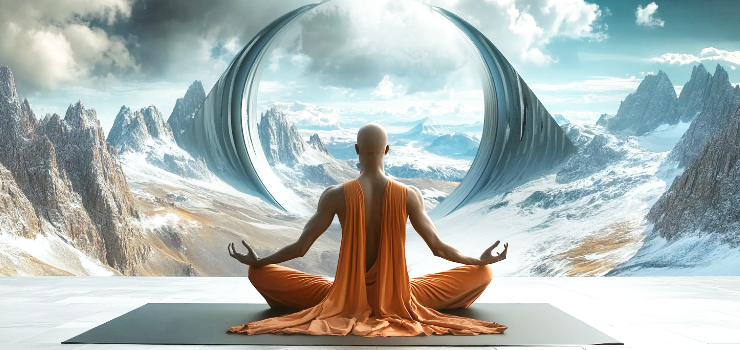
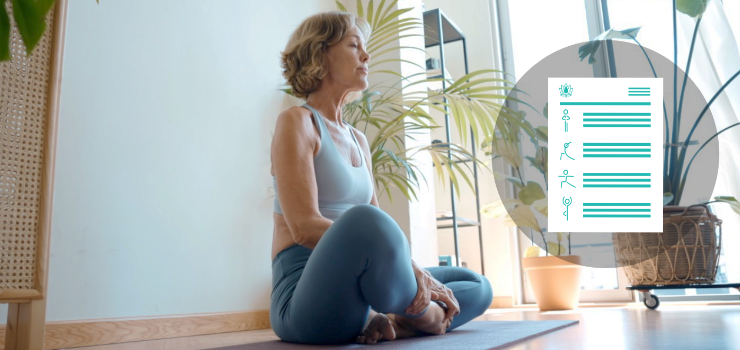
As always, Olga, you inspire! I love your blog, and your website.
Merci. Très intéressant ;))
You read my mind after teaching a class around a mudra earlier this week and now I feel inspired! Thank you Olga.